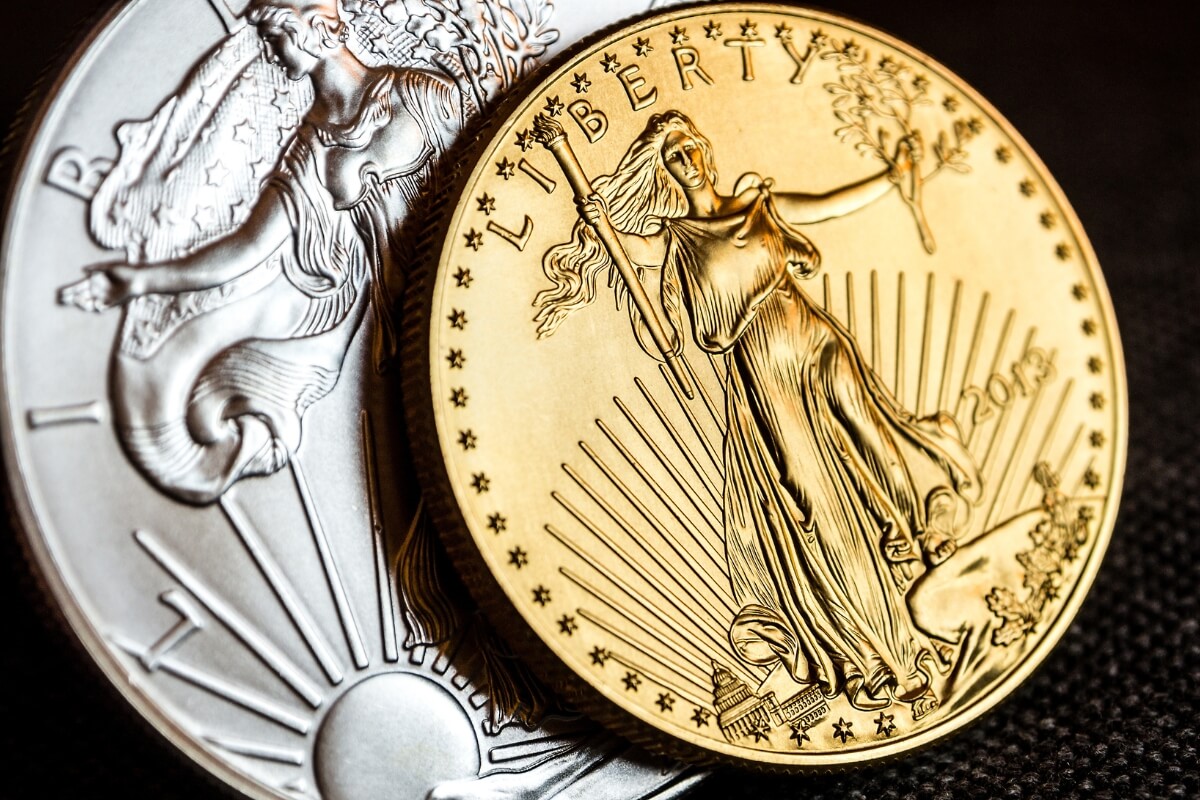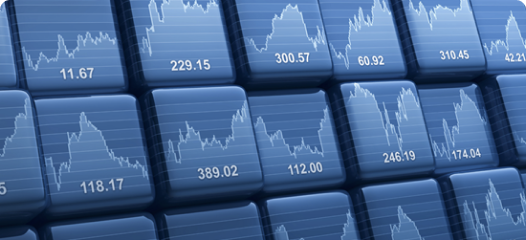Gold Spot Price
Tuesday, October 21, 2025 at 3:40 PM EST Refresh page to update.
Our Precious Metals Insider Latest News

Florida Gold & Silver Legal Tender Law: Tax-Free in 2026
Florida recognizes gold & silver as legal tender starting July 20...
Buyers Guides


Beginner's Guide to Investing in Precious Metals
Allocating some of your investment dollars to precious metals is a wise decision. But doing your due diligence before you make a purchase is even wiser.
Gold Spot Price FAQ
What is the gold spot price?
Spot prices represent what a commodity is trading for at any given moment. It is the live gold price in real time.
This price is used by gold refiners, miners, financial institutions, and gold dealers. It's how they determine pricing for gold bullion.
In other words, the gold spot price is a benchmark for wholesale transactions. It's the amount a wholesaler will charge for a unit of physical gold per ounce before any markups or premiums.
Gold derivatives (such as exchange traded products) often track with the spot price.
How are spot prices for gold calculated?
The total supply and demand for gold in the market ultimately determine the spot price.
Thus, movement of the spot price reflects a change in the available supply or current demand for gold. This includes (but is not limited to) factors such as:
- output from gold mines
- gold jewelry production
- economic uncertainty
- other geopolitical events
Trading of gold futures has the most significant effect on today's spot prices. The same is true for all commodities. So the silver price and platinum price behave in a similar manner.
General gold news can also influence investment demand for the precious metals. This includes gold, silver, platinum, and palladium.
For instance, prices today tend to shift dramatically if the Fed cuts rates. There may be a gold price rally if the International Monetary Fund (IMF) adds to its gold reserves.
Learn more about gold futures contracts by following this link.
How often do gold spot prices change?
Spot prices for gold are constantly changing, as can be seen on any gold price chart. The price floats freely on the market and responds to real-time trading behavior.
U.S. markets close at 5:15 pm in New York, but gold continues to trade “overnight” in Asian and Australian markets. Today's gold price is rarely the same as yesterday or tomorrow. Therefore the spot price can change at virtually any time.
Historical charts before about 1950 don't reflect this. Reliable data about the historical gold price is harder to find. Gold prices today are more dynamic and well-documented.
What can cause the spot gold price to change?
Any change or disruption to either the supply or demand for gold will move the spot price.
If a large gold deposit is discovered, the increased supply will cause the spot price to fall. The reverse is true if the gold supply decreases.
An increase in gold demand will also drive the spot price higher. Perhaps the demand is due to accelerating inflation or extreme economic uncertainty.
Supply and demand are affected on a daily basis, meaning the gold spot price is constantly in flux.
What amount of gold does the spot price refer to?
The spot price always refers to the cost of one troy ounce of gold. Precious metal weights are traditionally measured in troy ounces. A troy oz is equal in weight to 31.1 grams (or 480 grains).
Live spot prices also always refer to .999 fine gold (99.9% pure) or better. The Royal Canadian Mint is renowned for using .9999 fine gold for its 1 oz Gold Maple Leaf coins.
On the daily gold market, 1 ounce gold bullion coins are often the most common. The smallest size you will find is probably a 5 gram gold bar.
Is the spot price universal?
Yes. You may see some minor variance in the daily gold price from region to region. These differences are invariably due to local issues. Otherwise the spot price at a given moment applies everywhere in the world.
Realtime spot prices in Zurich, London, New York, and Shanghai are key reference points. It is usually measured in USD but may be expressed in the local currency, as well. The gold gram price may be quoted in addition to the price per troy oz.
Why can’t I buy gold at the spot price?
Gold must be refined into bullion. It doesn’t come out of the ground in pure form. When you buy gold bars, you are getting a finished product.
Refining metal involves paying for labor and manufacturing. Refineries, mints, and dealers would operate at a loss if they sold gold at the spot price.
Does the gold spot price include markups or shipping costs?
No, the spot price is the lowest wholesale price for an ounce of gold. It represents the gold price per ounce today, at any given moment.
Dealer markups or premiums incorporate any additional costs. These are the costs associated with processing, fabricating, minting, or shipping that gold.
Why are some gold products priced so much higher than others?
There are two main reasons a gold bullion product will have a high premium.
- It is scarce and has become collectible.
- It is a work of art and has high production costs.
The premiums on silver bars and silver coins will follow the same pattern.
How are the premiums over spot calculated? Are they the same for all gold products?
Premiums vary depending on the product.
Generic gold items usually have lower premiums. A more intricate design on a gold bar or gold coin will raise the premium. Rare or limited edition products will also have high premiums.
The reason for this is twofold. Highly artistic gold products are more costly to manufacture. Buyers are also willing to pay more for such items.
What are bid and ask prices?
The ask price is the lowest price at which a dealer is willing to sell a troy ounce of gold. The bid price is the lowest price that a dealer is offering to pay for a troy ounce of gold.
This why the current price is important to know if you are buying gold bullion or you want to sell gold to a dealer.
The difference between bid and ask prices is called the dealer spread.
What are gold futures contracts?
Futures contracts are agreements to buy or sell a commodity or asset at a future date. The amount being exchanged and the price are specified in the contract.
There are two main uses for gold futures contracts. They allow gold miners and dealers to hedge against falling prices. Futures also allow investors and large institutions to speculate on the gold price.
What is the NYMEX?
NYMEX stands for the New York Mercantile Exchange. It is the main exchange where futures contracts for various commodities are traded. It was purchased by the Chicago Mercantile Exchange (CME) Group in 2008.
What is the COMEX?
This is the Commodity Exchange division of the NYMEX. It was once a separate exchange but it merged with NYMEX in 1994. COMEX is now operated under the CME Group, as well.
Gold futures contracts are traded on the COMEX.
What is paper gold?
“Paper gold” is the nickname for investment products that track the price of gold. This primarily means gold ETFs (exchange traded funds) and futures.
The distinction between physical gold and paper gold is the latter is only “on paper.” By contrast, physical gold is a tangible asset.
Physical precious metals change hands in over-the-counter markets. The best example is the London Bullion Market, the UK gold hub.
Do gold mining companies have any effect on the price of gold?
Miners can indirectly influence the spot gold price. They have an impact on the available supply of gold.
In practice, the relationship is reversed. The price of gold affects the business decisions and operations of gold mining firms.
Is gold traded 24 hours a day?
Yes. Gold trades on exchanges located around the world. Even when one exchange is closed for the night, there is another somewhere else that is active.
Electronic trading of gold goes on continuously. This is reflected in the Globex gold price overseen by the CME Group. Globex prices are updated moment to moment based on futures trading.
24-hour gold trading means that gold product prices always fluctuate.
Is physical gold taxed?
Any purchase of physical gold bullion is subject to the sales tax of the state where the buyer is located. Local and municipal taxes may also apply.
If the order is over $500, any applicable sales taxes are waived in Florida. Any U.S. legal tender gold coins are also exempt from sales taxes within the United States.
What is the gold silver ratio?
The gold-silver ratio (sometimes abbreviated GSR) is the ratio between the price of a troy ounce of gold and a troy ounce of silver. You might think of it as the number of ounces of silver it takes to buy one ounce of gold.
The ratio stayed between 15:1 and 16:1 for much of American history. However, in 1971 the “Nixon Shock” closed the gold window forever, and the ratio of the gold and silver price today is more than 70:1.
Why are there separate prices for bank wire and credit card transactions?
Credit card payments involve merchant fees and higher transaction costs. Bank wires do not.
Dealers must cover these extra costs when customers pay by credit card. Thus we offer a discount for "cash equivalent" payment methods such as bank wires.
If the gold spot price increases just before I make my online purchase, am I going to be charged a higher amount?
Yes. The spot price of gold fluctuates on a constant basis. Thus the prices for individual items are updated every minute. The price you will pay is locked in before checkout.
In the case of a bank wire purchase, the spot price will be locked in for 24 hours or until the next business day. For more information on bankwire pricing, see our policy on bankwires.
Does the monetary denomination of a gold coin affect its overall value?
Not particularly. Having a legal tender status, in and of itself, can help increase the total value of a coin. But the actual face value or denomination ($1, $5, $10, etc.) has little to no bearing on that value. It doesn't mean the coin contains an amount of gold worth the face value. It's actually much higher.
Typically, the specific issuing country will have more effect on the total value of the coin. Investors prefer coins minted by major economic powers, such as the U.S., China, Great Britain, or Canada.
Is it better to buy gold online?
Buying gold online has several advantages. It provides convenience because you can shop from home or your mobile device. In most cases, you can place orders at any hour. You can also view a gold seller’s entire inventory with ease.
Online gold bullion dealers generally can offer their customers lower prices, as well. This is due to the lower overhead costs of running their business on the internet. Shopping for gold today is becoming much more convenient than ever before.
